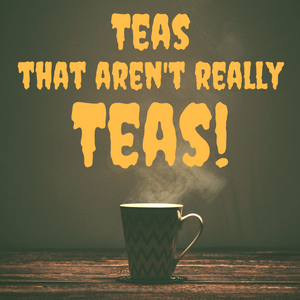
Halloween is approaching, and so we ask a spooky question. What if your favorite tea isn't tea at all, but an impostor?
Blog Key Takeaways:
Definition of True Tea: True tea is defined as a beverage made by brewing the leaves of the Camellia sinensis plant in near-boiling water. This includes all types of tea such as black, green, white, and oolong.
Rise of Herbal Infusions (Tisanes): Over time, teas began to be flavored with various ingredients like jasmine, bergamot, and other fruits and flowers. Eventually, some beverages were made entirely of these flavorings without any true tea leaves, known as herbal infusions or tisanes.
Characteristics of Tisanes: Unlike true teas, tisanes are typically fruit-based and often include ingredients like hibiscus and rose hips. They cannot be over-steeped or burned by boiling water, making them more forgiving in preparation.
Historical Uses of Herbal Teas: Various herbal teas have long histories of use for their medicinal properties and cultural significance. For example, chamomile was used by the Romans for sleep aid, lavender by Queen Elizabeth I for migraines, and lemongrass in the Philippines for minor ailments.
Cultural Importance of Herbal Teas: Many cultures have adopted herbal teas into their traditions. Moroccan mint tea, for example, combines green tea and mint due to the availability of mint in Morocco. Hibiscus tea, known as sorrel, is a crucial part of Christmas celebrations in the Caribbean, and mate is a traditional South American beverage with a high caffeine content.

Tea, by its strict definition, is a beverage made by brewing tea leaves in water, which is usually near-boiling. All tea leaves, be they black, green, white, or oolong, all come from the same plant. That plant is camellia sinensis. Anything not made from this plant is technically not tea at all.
While tea began as simply camellia sinensis leaves brewed in hot water, it quickly became more complicated than that. It became flavored with jasmine, with bergamot, and with other fruits and flowers. In India, the plant was spiced to become chai. In our own store, we carry it flavored with vanilla, flavored with vanilla, caramel, and bergamot, flavored with chocolate, hazelnut, caramel, and almond, and in dozens of similar combinations. We even have a tea flavored with maple sap.
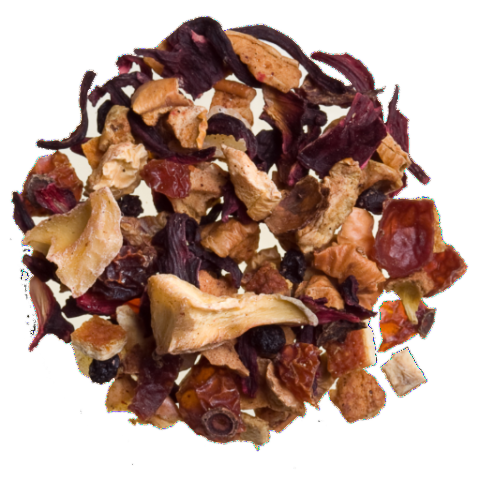 Eventually, these flavorings became so prominent in tea that some teas were made which are made exclusively of them, with no true tea leaves involved at all. These are called herbal infusions, or tisanes. They are usually primarily fruit-based, and feature hibiscus and rose hips. Some of our more prominent tisanes include Last Mango in Paris and Angel Falls Mist. Because they contain no true tea leaves, they cannot be over-steeped, and they cannot be burned by boiling water, in the way that more fragile teas often are. This is true of every “tea” on this list.
Eventually, these flavorings became so prominent in tea that some teas were made which are made exclusively of them, with no true tea leaves involved at all. These are called herbal infusions, or tisanes. They are usually primarily fruit-based, and feature hibiscus and rose hips. Some of our more prominent tisanes include Last Mango in Paris and Angel Falls Mist. Because they contain no true tea leaves, they cannot be over-steeped, and they cannot be burned by boiling water, in the way that more fragile teas often are. This is true of every “tea” on this list.
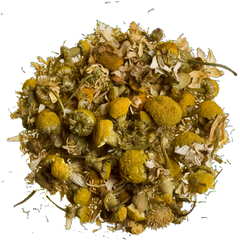 Other “teas” have much longer histories than the relatively new phenomenon of tisanes. These are more traditional herbal infusions. Chamomile tea was first consumed by the Romans, though the plant was also used by the Vikings as a hair-care product, and the Egyptians in embalming. It is traditionally prized as a sleep aid, and is thought to be a preventative of nightmares.
Other “teas” have much longer histories than the relatively new phenomenon of tisanes. These are more traditional herbal infusions. Chamomile tea was first consumed by the Romans, though the plant was also used by the Vikings as a hair-care product, and the Egyptians in embalming. It is traditionally prized as a sleep aid, and is thought to be a preventative of nightmares.
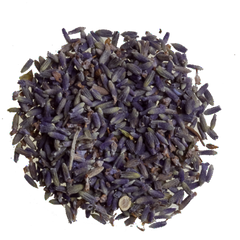 Queen Elizabeth I drank lavender tea to help with migraines, and the Romans used the herb everywhere they could, because of its relaxing and pleasant scent.
Queen Elizabeth I drank lavender tea to help with migraines, and the Romans used the herb everywhere they could, because of its relaxing and pleasant scent.
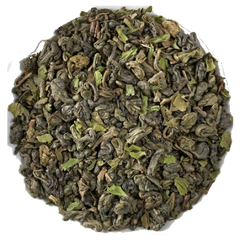 When the French colonized Morocco in the 18th century , they brought the custom of tea drinking. While camellia sinensis does not grow well there, mint does, and so mint tea became an important part of Moroccan culture. We offer a Moroccan Mint tea, made from both green tea and mint, which offers a refreshing compromise between the two.
When the French colonized Morocco in the 18th century , they brought the custom of tea drinking. While camellia sinensis does not grow well there, mint does, and so mint tea became an important part of Moroccan culture. We offer a Moroccan Mint tea, made from both green tea and mint, which offers a refreshing compromise between the two.
 The first known use of Lemongrass as a tea were in the Philippines in the s17th century. It was used as a treatment for minor ailments such as stomach aches and colds, and mild fevers. We now know that it is very high in Vitamin C, and have always known that it has an excellent flavor, oddly reminiscent of lavender, but more citrusy.
The first known use of Lemongrass as a tea were in the Philippines in the s17th century. It was used as a treatment for minor ailments such as stomach aches and colds, and mild fevers. We now know that it is very high in Vitamin C, and have always known that it has an excellent flavor, oddly reminiscent of lavender, but more citrusy.
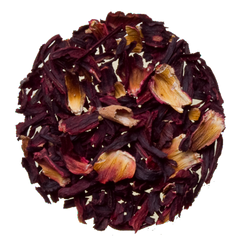 Hibiscus is traditionally consumed in Jamaica, Panama and throughout the Caribbean with ginger and other spices, as a drink called sorrel. Sorrel is an absolutely essential part of Christmas celebrations there. In Egypt and Sudan, the tea is used to toast wedding celebrations. In Thailand, it is traditionally sweetened and poured over ice. It makes sense as a sweetened drink, or something consumed in small amounts, because hibiscus has a very strong, tart flavor. It tends to be mixed with various fruits in almost all tisanes.
Hibiscus is traditionally consumed in Jamaica, Panama and throughout the Caribbean with ginger and other spices, as a drink called sorrel. Sorrel is an absolutely essential part of Christmas celebrations there. In Egypt and Sudan, the tea is used to toast wedding celebrations. In Thailand, it is traditionally sweetened and poured over ice. It makes sense as a sweetened drink, or something consumed in small amounts, because hibiscus has a very strong, tart flavor. It tends to be mixed with various fruits in almost all tisanes.
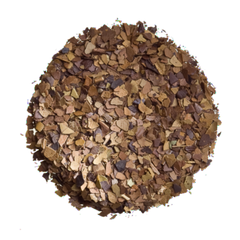 Other “teas” which are not tea include rooibos, which you can read more about here, and mate, a South American beverage traditionally drank out of a gourd with a long straw, but prepared like tea in all other ways. Mate has a taste which is similar to tea, but is made from a totally different plant. It has a caffeine content similar to that of coffee, but lacks the focusing L-theanine of of true teas. I enjoy blending it with Osprey Gunpowder, a green tea, to create a high-energy, high-focus drink.
Other “teas” which are not tea include rooibos, which you can read more about here, and mate, a South American beverage traditionally drank out of a gourd with a long straw, but prepared like tea in all other ways. Mate has a taste which is similar to tea, but is made from a totally different plant. It has a caffeine content similar to that of coffee, but lacks the focusing L-theanine of of true teas. I enjoy blending it with Osprey Gunpowder, a green tea, to create a high-energy, high-focus drink.
Even if your favorite tea isn't truly tea, we're still sure that it's excellent, and we hope that you continue to enjoy it.

I am from the Philippines myself but not really a fan of lemongrass.
I was even surprised by the idea of using it to flavor a drink. It’s mainly used for flavoring soup dishes. People like the scent it gives to the soup, I don’t.